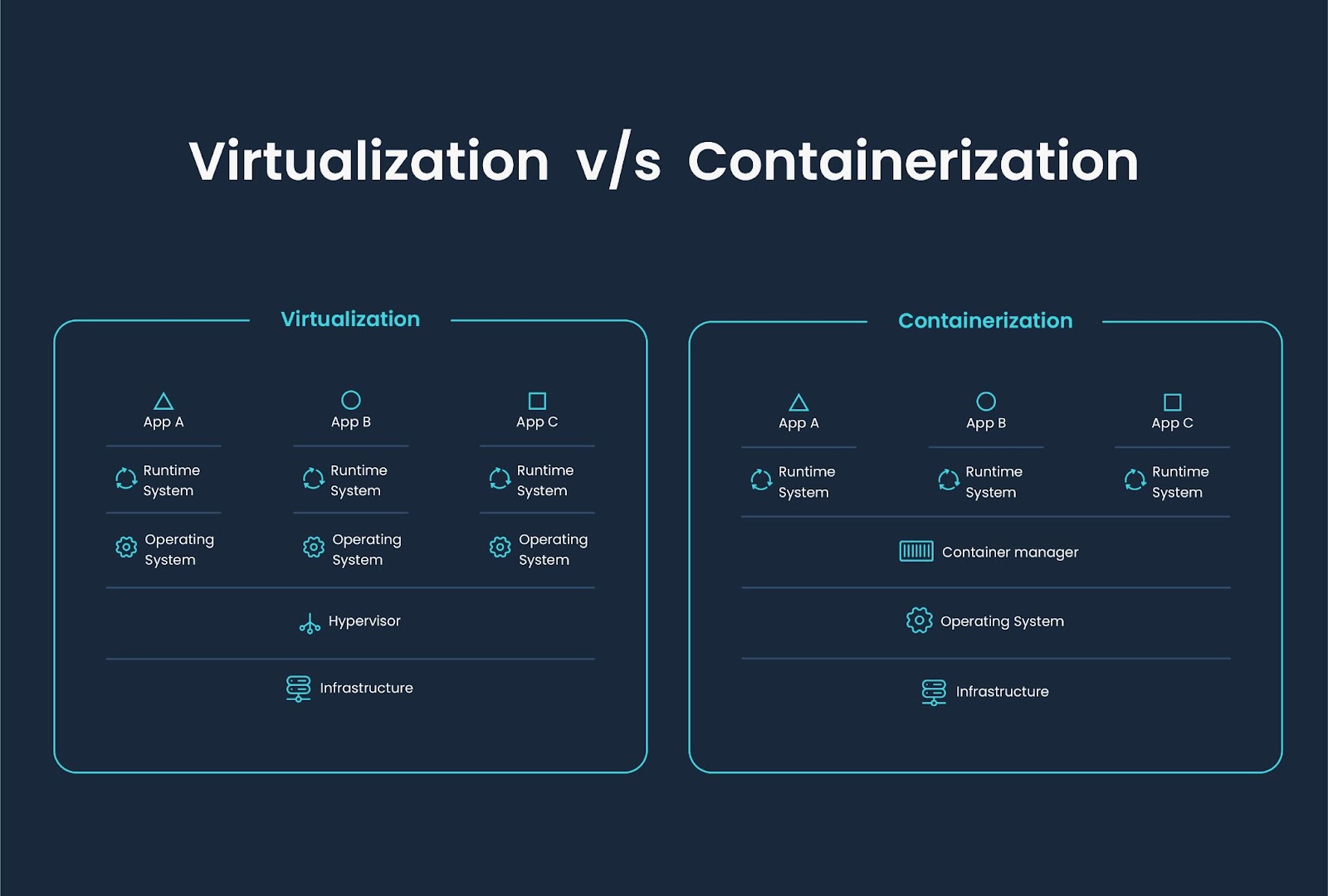What is Cryptography?
Cryptography is the practice of securing communication from unauthorized access or disclosure. It involves the use of mathematical algorithms and protocols to convert plaintext into ciphertext and back again. The goal of cryptography is to ensure that only the intended recipient can access and read the encrypted data, while preventing unauthorized parties from intercepting and decrypting the data.
Cryptography has been used for centuries to protect sensitive information, such as military secrets and diplomatic correspondence. In the modern era, cryptography is an essential component of secure communication on the internet, where it is used to protect financial transactions, sensitive data transmissions, and personal information.
Cryptography involves two main processes: encryption and decryption. Encryption is the process of converting plaintext into ciphertext, which is unreadable without the appropriate decryption key. Decryption is the process of converting ciphertext back into plaintext using the decryption key.
There are many different cryptographic algorithms and protocols, each with their own strengths and weaknesses. Some of the most common cryptographic techniques include symmetric-key encryption, public-key encryption, and hash functions. These techniques can be combined to create more robust and secure cryptographic systems.
While cryptography can provide strong security for communication and data transmission, it is not foolproof. Cryptographic systems can be vulnerable to attacks, such as brute force attacks, side-channel attacks, and cryptanalysis. Therefore, it is important to use proper key management and secure implementation practices when designing and implementing cryptographic.
Cryptography is the practice of securing communication from unauthorized access or modification. It involves the use of mathematical algorithms to convert data into an unreadable format, which can only be decrypted by individuals with the correct key or password.
Here are some
benefits and uses of cryptography:
Confidentiality: Cryptography ensures that sensitive
information remains confidential by encrypting it. This includes financial
transactions, medical records, and personal communications.
Integrity: Cryptography guarantees that data has not been
tampered with during transmission or storage. Any unauthorized changes to the
data will be detected.
Authentication: Cryptography can verify the identity of
users and devices. This is important for secure login procedures, digital
signatures, and access control.
Non-repudiation: Cryptography can provide proof that a
message was sent and received by the intended parties. This is useful for legal
and regulatory compliance.
Secure storage: Cryptography can be used to encrypt data
stored on servers, hard drives, and other devices. This prevents unauthorized
access to sensitive information.
Secure communication: Cryptography can secure communication
between devices, networks, and applications. This is useful for VPNs, secure
email, and secure messaging applications.
Overall, cryptography plays a vital role in ensuring the
confidentiality, integrity, and authenticity of data in many different
contexts.
While cryptography is a powerful tool for securing communication and data, it also has some potential drawbacks:
Key management: Cryptography requires the use of encryption
keys, which must be managed carefully to prevent unauthorized access. If keys
are lost, stolen, or compromised, it can lead to security breaches.
Complexity: Cryptography can be complex and difficult to
implement correctly. Small mistakes in the implementation can lead to
vulnerabilities that can be exploited by attackers.
Performance impact: Cryptography can have a performance
impact on systems, particularly when large amounts of data need to be encrypted
or decrypted. This can be a problem for real-time applications that require
fast response times.
Dependence on algorithms: Cryptography depends on the
strength of the algorithms used. If an algorithm is found to be weak or
vulnerable, it can lead to security breaches. This means that cryptography
needs to be updated regularly to ensure it remains secure.
Legal issues: Cryptography can be subject to legal restrictions in some countries, particularly in regards to the use of strong encryption. This can limit the availability and effectiveness of cryptography in certain contexts.
Overall, while cryptography is a valuable tool for securing
data, it is not a silver bullet solution and requires careful management and
implementation to be effective.




Comments
Post a Comment